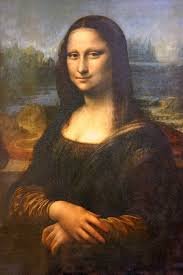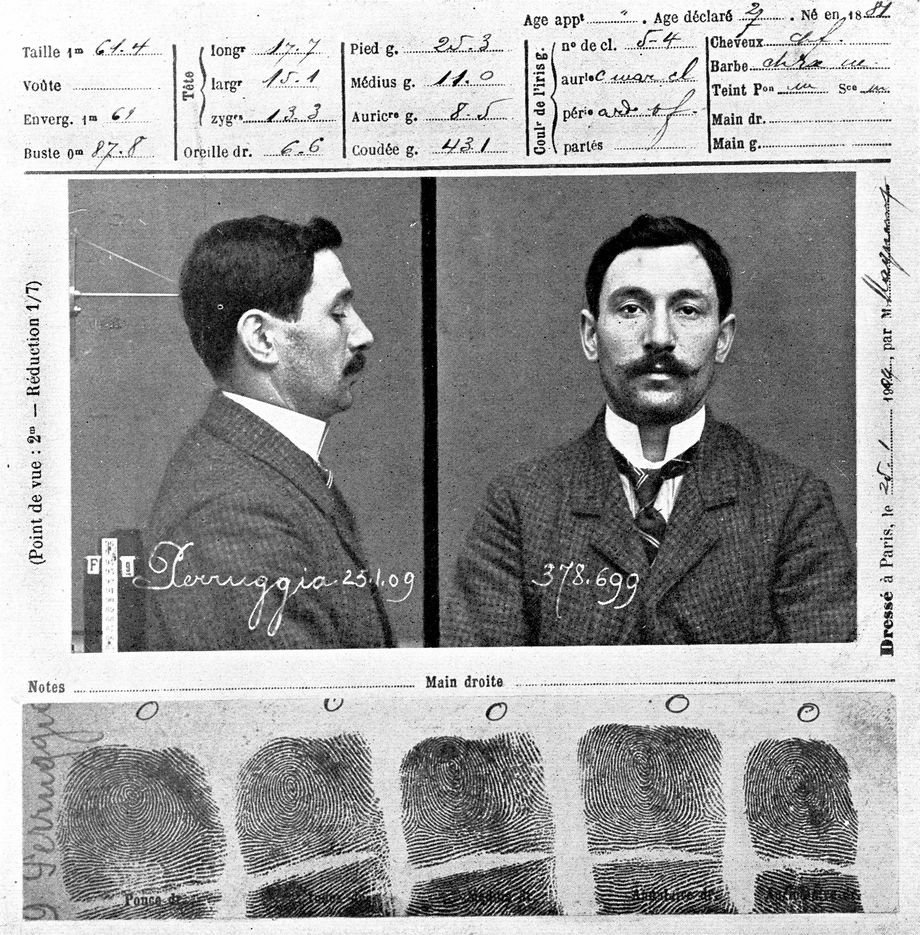Why is the Mona Lisa So Famous?
The Mona Lisa: arguably the most recognizable and famous painting in the modern world, maybe in all of human history. If you need to find praise for the Mona Lisa, it's not that hard to find. It has been described by countless people as the best painting of all time, so much so that the director of the Louvre (the famous Paris museum that holds the Mona Lisa) says that 80% of its visitors only come to see the Mona Lisa. But honestly, I think it's just fine. I'm not an avid art fan or anything, and It's not bad—but it's just that: fine. I suspect that a lot of people also share this mentality with me. I mean, is it really that much better than, let's say, Lady with Ermine (another painting of the time, painted by Leonardo Da Vinci? I mean, it's got the same smile, the same pose, and the bonus of one more ermine. If you take a good look, it's hard to see a real reason why the Mona Lisa became world-famous instead of some of its competitors. 'Art' famous might make sense, but not 'world' famous. What's the cynics' explanation of its popularity?
After some digging, I present to you my findings, and they give a much broader and more interesting picture of how things emerge into the wider culture.
None of this would have happened if the Mona Lisa hadn't disappeared.




Let's start at the beginning. Before the Mona Lisa became world-famous, before it vanished, one critic made her a work of art worth stealing. He was so in love with the painting that he single-handedly elevated its status to masterpiece level. Walter Pater's 1873 book The Renaissance was instrumental in raising the painting to its elevated status.
Even though the book was written over 300 years after the painting was painted, it described and defined the painting to the people of the time, when actually seeing the painting was difficult. The semi-colon stuffed ode to Mona Lisa is lengthy and frankly quite uninteresting to read, but there were some highlights, like "She is older than the rocks among which she sits like the vampire, she has been dead many times," or "the animalism of Greece, the lust of Rome." This purple prose-filled ode was loved. Most high profile figures of the Louvre, Academic papers and even discussion clubs in Paducah used Pater's words to discuss the Mona Lisa, and soon other critics joined in. The Mona Lisa was a popular painting that critics could analyze, and unlike paintings like Da Vinci's Last Supper that referred to commonly-known religious or historical moments, beholders could supply all the meaning they wanted.
But at its peak, the Mona Lisa was art world-famous, not world-famous. In 1907, a vandal targeted the "Sistine Chapel" painting by Jean Auguste Dominique Ingres, not Da Vinci. In 1910, the Mona Lisa was named the second most famous painting in the Louvre, after Raphael's Sistine Madonna. It would take a proper theft to take the Mona Lisa from art world-famous to mass culture famous.

Vincenzo Peruggia has the mug shot and recorded fingerprints you see above because on August 21st, 1911, the former Louvre worker lifted the Mona Lisa off the wall and just walked home with it. It took the Louvre a day to notice. The press didn't have this subdued of a reaction. The press, often counting Pater, framed the painting like it was a masterpiece. People theorized that its smile had driven the thief mad; people made the early 20th century version of fan fiction. Thousands went to the Louvre just to see empty hooks on the wall. The 2 years it went missing were like a giant ad campaign for the Mona Lisa, and since people were in an age where just googling the picture wasn't possible, people relied on Pater's hyperbole. When the thief was caught, he said his goal was to bring the Mona back to Italy, but by then, she was the most famous painting the world over.
When the Mona Lisa was stolen, she became a masterpiece. After her recovery and a 2-week tour in Florence, she returned to the Louvre. More than just a painting, she had become a story, a legend, and was shown on every newspaper that covered the story. It was the big reveal after two suspenseful years, now with a story that merited Peter's hyperbole.
From that point on, the Mona Lisa received massive attention, even presidential speeches. The momentum never stopped. In the end, the cynics' interpretation and the surprising critics' interpretation have something in common. The Mona Lisa isn't a portrait, it's a blank face for critics to find meaning in, and for people to find mystery. She became famous not because of how or what was painted, but what we see in the painting, and if that's not true art, I don't know what is.
Sources:
Information gathered from The Louvre, The BBC, TheGuardian, Wikipedia, Pixabay, Wikipedia, Branchcollective, Vox, TheNewYorkTimes, Vox
